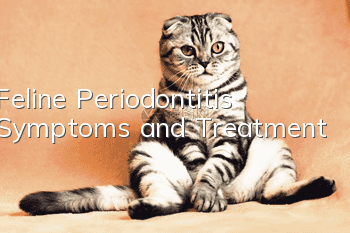How to deal with lipoma in cats

If a cat has lipoma, it is recommended that the owner first take the cat to a pet hospital for examination, such as biochemical indicators, X-rays of the chest and abdomen, and B-ultrasound and other imaging examinations, to check whether there are other lesions in the body. If the lesion is too large, surgical removal of the solid lipoma is recommended. If the lesions are not large, the cat’s daily diet can be reasonably adjusted, fat intake reduced, and exercise appropriately increased. If the cat is obese, the cat also needs to lose weight.
1. Symptoms of cat lipoma
Cat lipoma is a common skin disease, mainly manifested by the appearance of small and large lesions on the cat’s chest, abdomen, neck, limbs, tail and other parts. lumps. To the touch, lipomas in cats are usually soft, mobile, elastic, and non-painful when pressed. If you suspect that your cat has lipoma, you can go to the pet hospital for examination.
2. The reasons why cats develop lipomas
Cats develop lipomas mainly due to excessive meat intake, obesity, and decreased metabolism. Older cats are more susceptible to obesity. tumor. Therefore, owners must pay attention to their cats’ eating habits. The diet should be light and easy to digest. They can choose low-fat cat food and feed their cats less high-fat food.
3. How to treat lipoma in cats
Most lipomas in cats are benign tumors, so owners don’t have to worry too much. You can consider continuing to observe whether the tumor in the affected area increases in size. If the size increases and the number of affected areas increases, it is recommended to take the cat to a pet hospital for surgical removal. If the lipoma is not large, it can be treated conservatively.
- 7 scientific benefits of raising cats
- Choose the type of cat litter and compare the advantages and disadvantages of deodorizing
- Cat pregnancy signs
- Risks of Cat Anesthesia
- Will cat food go bad if left at room temperature in summer?
- Can a cat beat a snake?
- What's wrong with the cat's hunched back?
- How often should cat litter be changed?
- Can British Shorthair cats eat apples?
- Can cats eat sausages cooked in soup?



